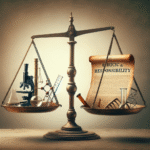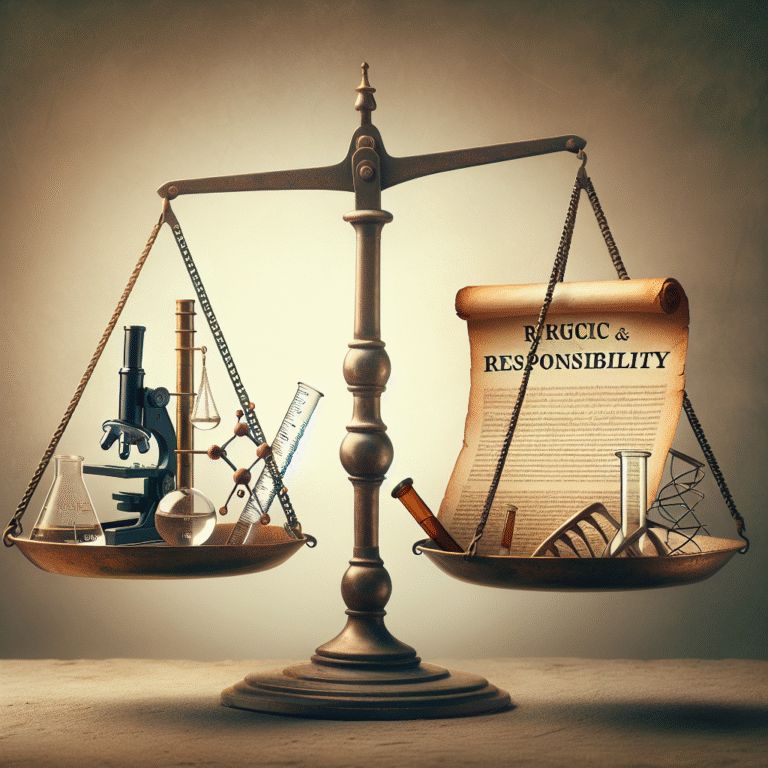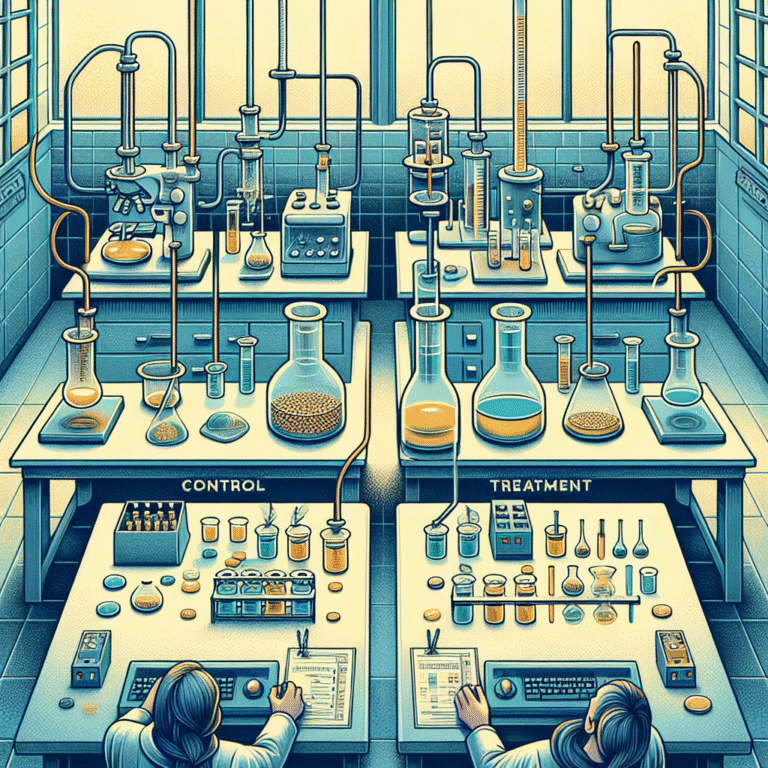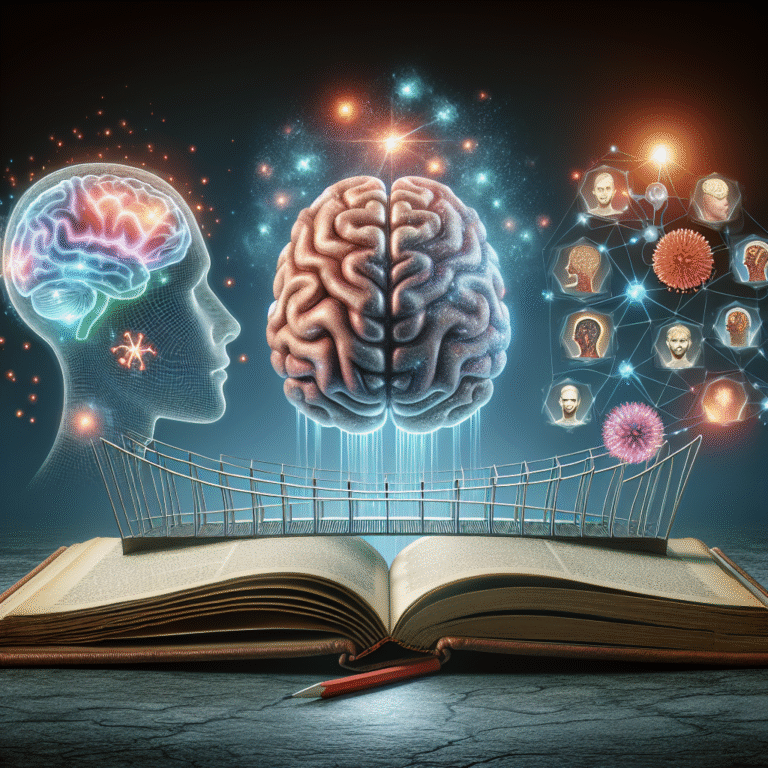
Introduction
Have you ever found yourself in a bustling café, surrounded by the clatter of cups and chatter of friends, only to zone in on the one conversation that piqued your interest? Or perhaps while driving, you focused so intently on the road that the beautiful scenery whizzed past unnoticed? This remarkable ability to filter out the noise and zero in on what truly matters is called selective attention. In this article, we’ll dive deep into Selective Attention Explained: Why You Only Notice What Matters, exploring the science behind it, its significance in daily life, and real-world applications that bring this fascinating cognitive process to life.
Understanding Selective Attention
What is Selective Attention?
Selective attention is the cognitive process that allows individuals to focus on specific stimuli while ignoring others. This phenomenon plays a crucial role in how we navigate a world flooded with information. From the moment we wake up, our senses are bombarded with countless stimuli: sounds, sights, smells, and touches. Yet, somehow, we manage to hone in on what’s important.
The Mechanism Behind Selective Attention
Our brains act like spotlight operators, directing focus to specific stimuli. This process involves several brain regions, including the prefrontal cortex, parietal cortex, and the thalamus, which collaboratively work to prioritize sensory information. Research shows that this prioritization is not just a random act; rather, it is influenced by several factors including:
- Relevance: We are more likely to notice stimuli that relate to our current goals or needs.
- Salience: Highly distinct cues, such as bright colors or unique sounds, naturally draw attention.
- Experience: Familiarity with certain stimuli can enhance selective attention.
The Importance of Selective Attention in Daily Life
Enhancing Learning and Memory
Consider a student trying to absorb information in a loud classroom. Selective attention helps them focus on the teacher’s voice while tuning out the chatter. Studies have shown that effective use of selective attention enhances learning and memory retention. For instance, a study conducted at Stanford University found that students who practiced selective attention demonstrated improved comprehension on tasks requiring deep focus.
Impact on Decision Making
Selective attention also plays a pivotal role in decision-making. In the context of marketing, companies use this principle to capture consumer attention. Research indicates that consumers can only process a limited amount of information at one time, which is why effective ads are often concise and impactful.
Case Study: Advertising and Selective Attention
In a notable study conducted by the New York Times, researchers examined the effectiveness of various advertising techniques. They found that ads that utilized personal relevance and emotional appeal grabbed attention far better than traditional advertisements. This highlights the power of selective attention in shaping consumer behavior.
The Science Behind Selective Attention
The Cocktail Party Effect
One classic example of selective attention is the "cocktail party effect." This phenomenon refers to the ability to focus on a single conversation amidst a noisy environment. It underscores the brain’s capacity to filter out irrelevant background noise to prioritize what’s important to the individual.
Neurobiology of Selective Attention
Neuroscientific research has shed light on the neural substrates responsible for selective attention. Functional MRI studies reveal that the right anterior frontal lobe is activated when an individual selectively attends to stimuli. This is crucial for enhancing our understanding of disorders like ADHD, where individuals struggle with attention control.
Real-World Applications of Selective Attention
In Safety Training
Training programs in high-risk jobs, such as construction or aviation, leverage selective attention principles to ensure that workers pay attention to critical signals. For example, pilots undergo cockpit resource management training to enhance attention to crucial instruments while processing a myriad of potential distractions in the cockpit.
In Technology Design
User interface (UI) design in technology products also heavily relies on selective attention concepts. Designers create layouts that prioritize critical information, ensuring users can find essential features without overwhelming them with extraneous details.
Table: Key Factors Influencing Selective Attention in Digital Design
| Factor | Implication |
|---|---|
| Color Contrast | Enhances visibility and focus |
| Simplicity | Reduces cognitive load |
| Hierarchy | Guides attention to important elements |
| Feedback | Confirms user actions and directs focus |
The Role of Selective Attention in Mental Health
Addressing Anxiety
In a world filled with stressors, understanding selective attention helps in managing anxiety. Cognitive Behavioral Therapy (CBT) techniques often emphasize redirecting focus away from threatening stimuli toward positive or neutral ones, thereby aiding in emotional regulation.
Impact of Technology
While technology offers unprecedented access to information, it also poses challenges to selective attention. The incessant notifications and multitasking demands can lead to attention fatigue. Studies suggest that individuals who frequently switch tasks may suffer from decreased cognitive performance—a phenomenon termed "task-switching cost."
Conclusion
Selective Attention Explained: Why You Only Notice What Matters is not just an abstract concept but a part of our everyday lives. From enhancing learning to improving decision-making and managing mental health, selective attention is a vital mechanism that enables us to navigate a complex world. By understanding this cognitive process, we can apply its principles to foster better focus and engagement in our personal and professional lives.
FAQs
1. What is the difference between selective attention and divided attention?
Selective attention involves focusing on one specific task or stimulus while ignoring others, whereas divided attention refers to processing multiple stimuli at the same time.
2. Can selective attention be improved?
Yes, practices such as mindfulness meditation and focused attention exercises can enhance selective attention, helping individuals concentrate better in various settings.
3. How does selective attention relate to learning difficulties like ADHD?
Individuals with ADHD often struggle with maintaining selective attention, making it difficult to focus on tasks and leading to distractions. Strategies that enhance selective attention can be beneficial in managing ADHD symptoms.
4. Are there any exercises that promote selective attention?
Yes, activities like puzzles, memory games, and mindfulness meditation can improve selective attention and cognitive flexibility.
5. How does selective attention affect memory retention?
By focusing on specific and relevant information, selective attention enhances our ability to encode and retrieve memories associated with those stimuli, leading to better retention.
In summary, the concept of selective attention offers a profound understanding of how we interact with our environment. By consciously applying this knowledge, we can optimize our focus, enhance productivity, and enrich our daily experiences.

















